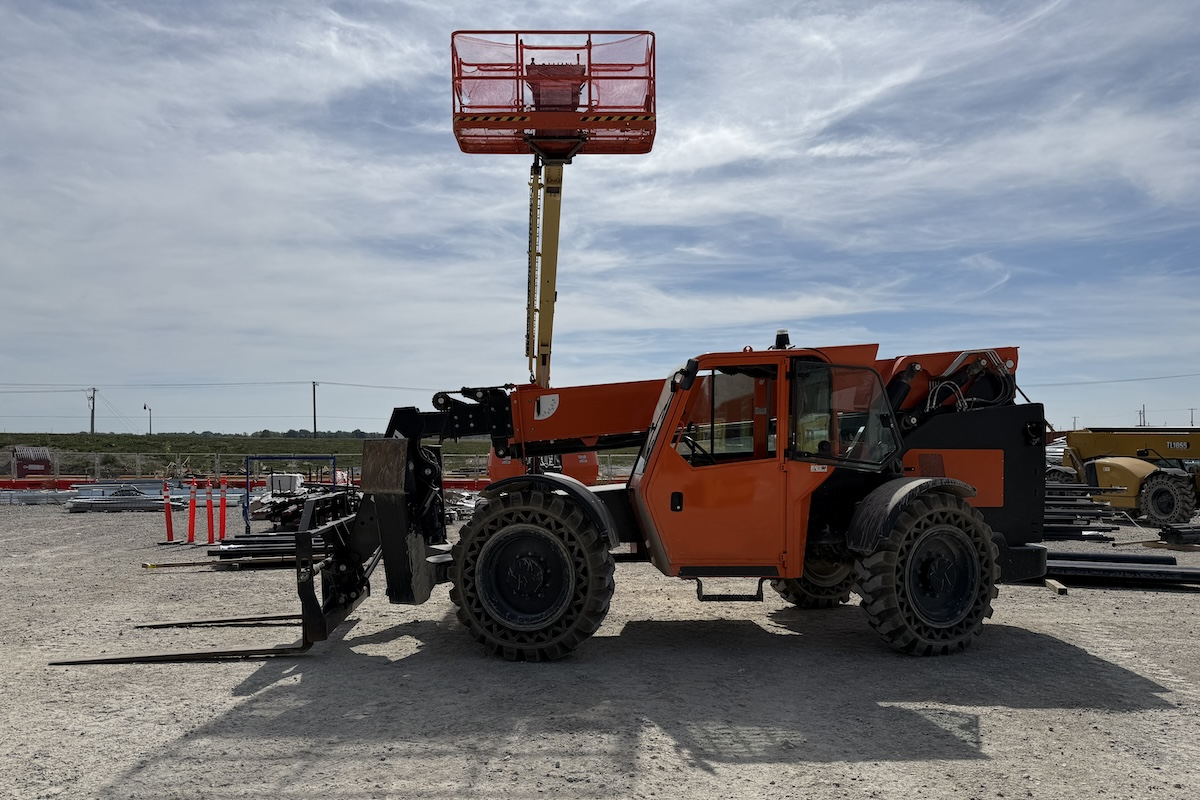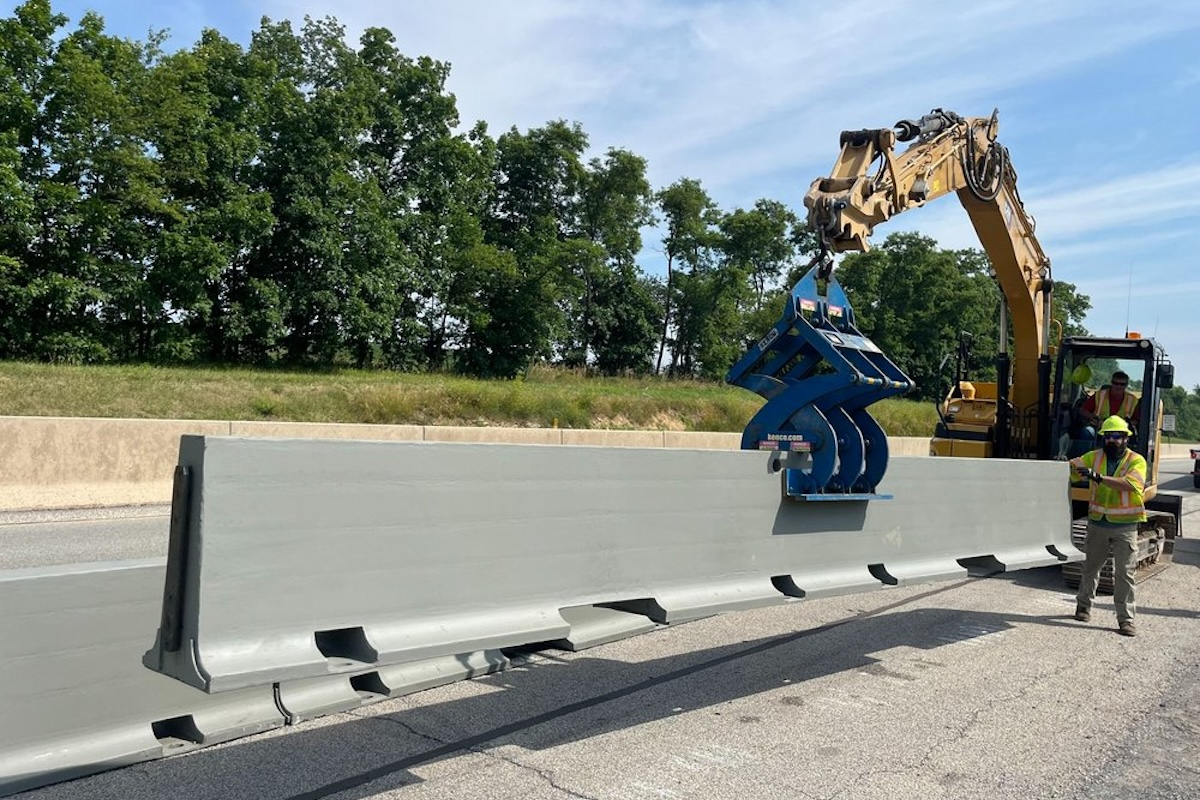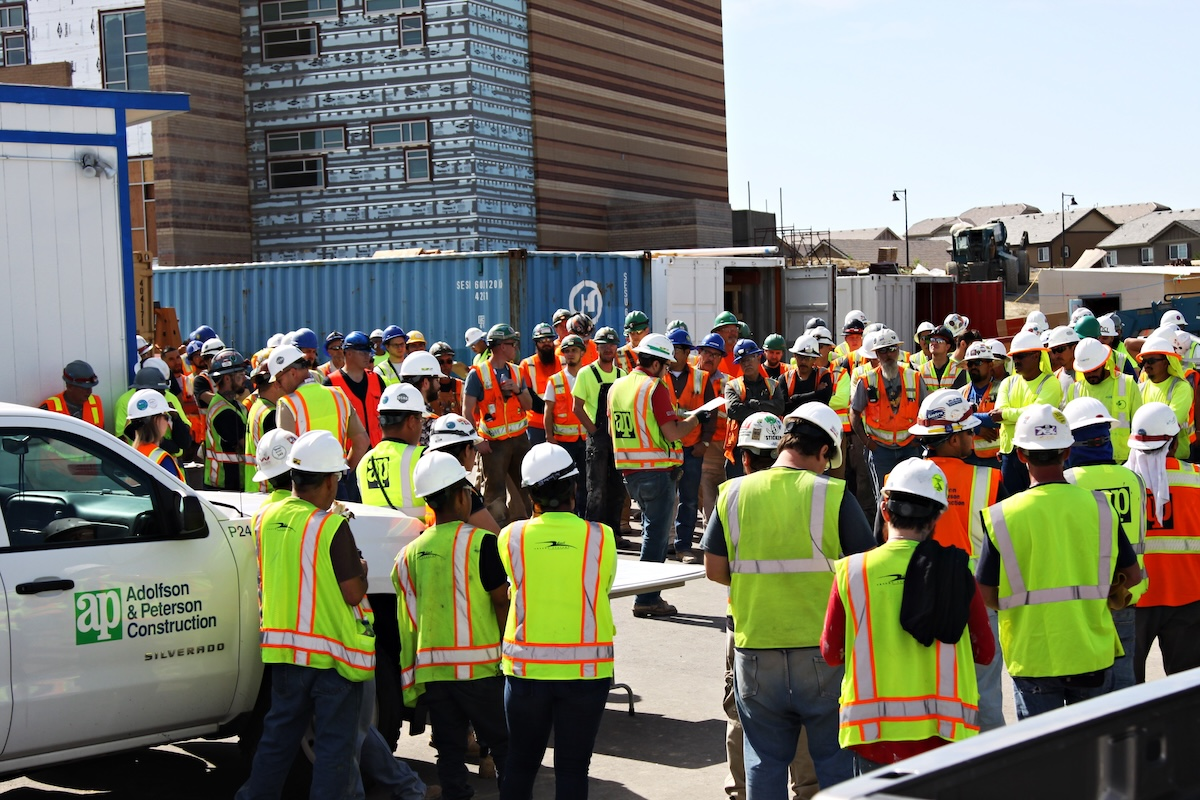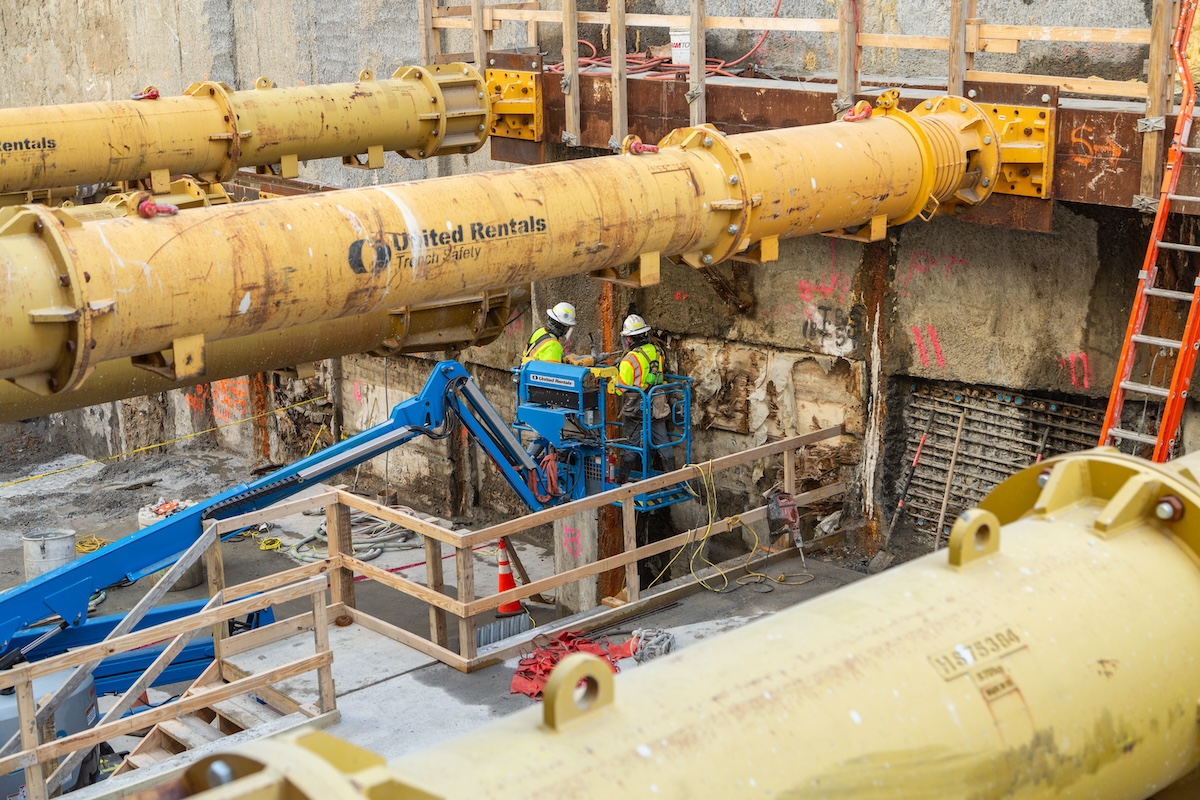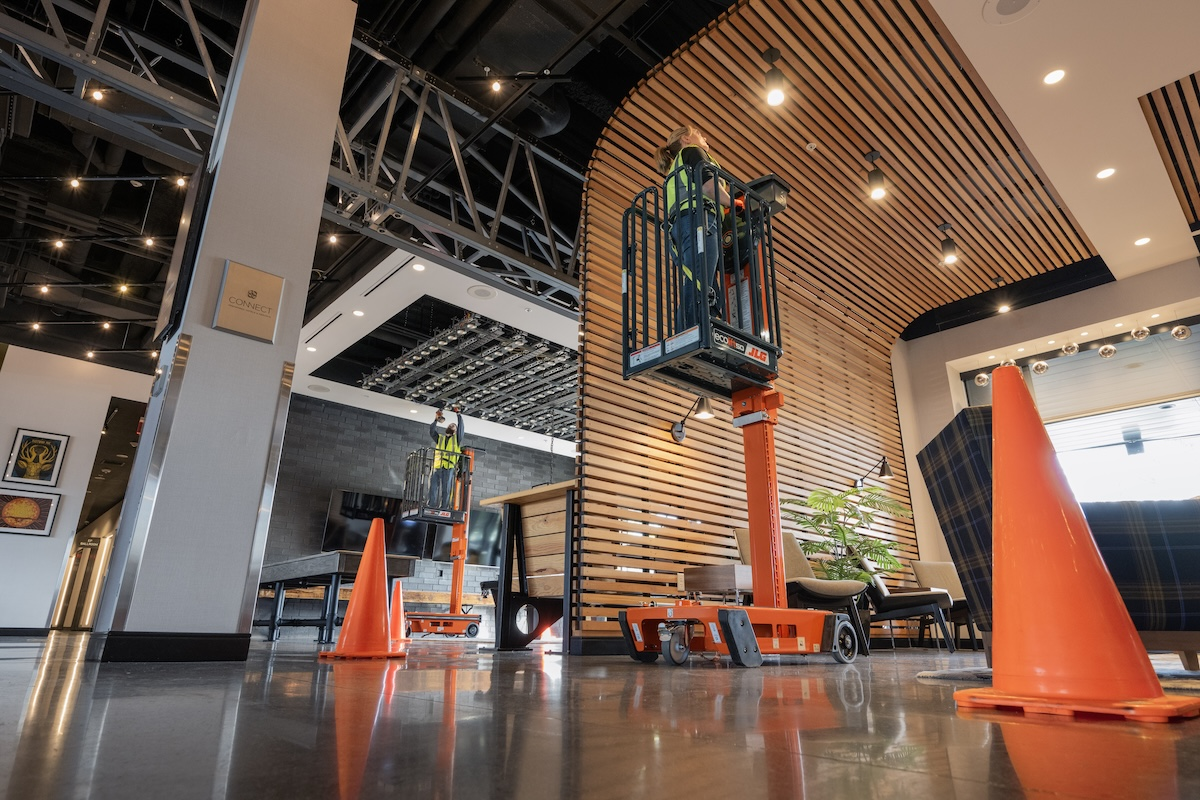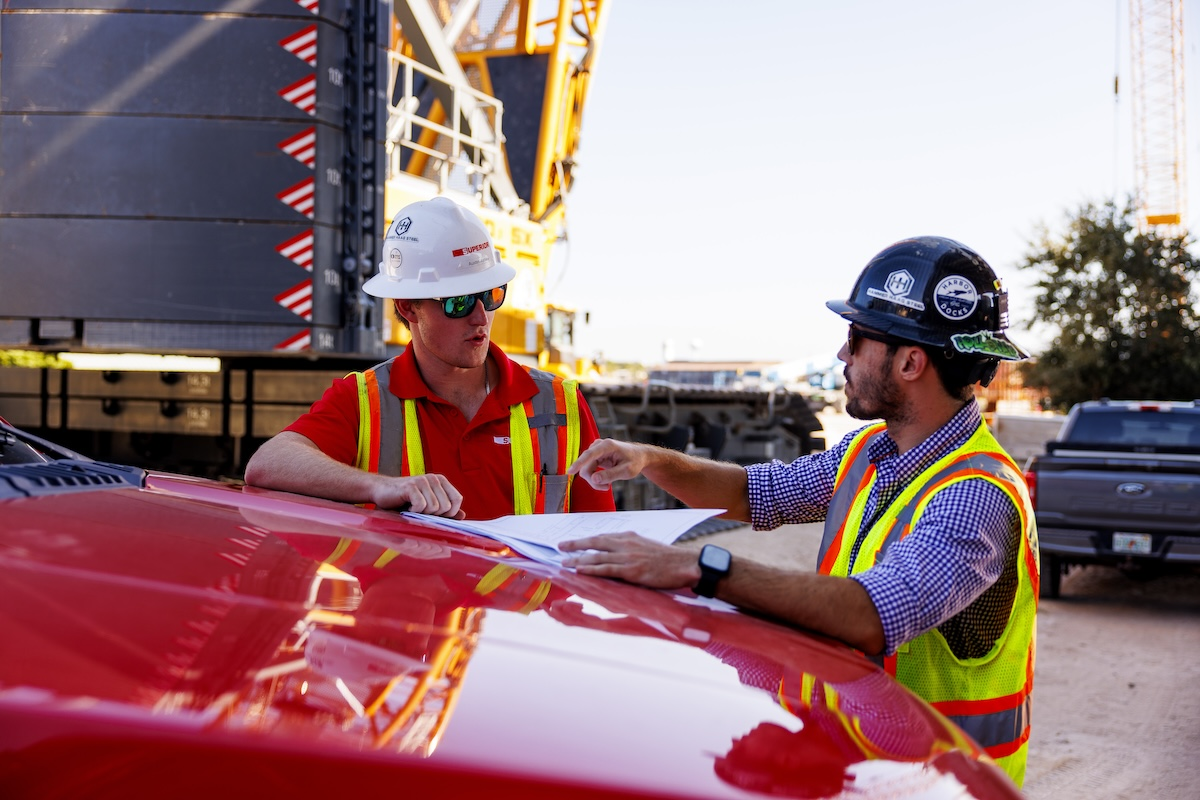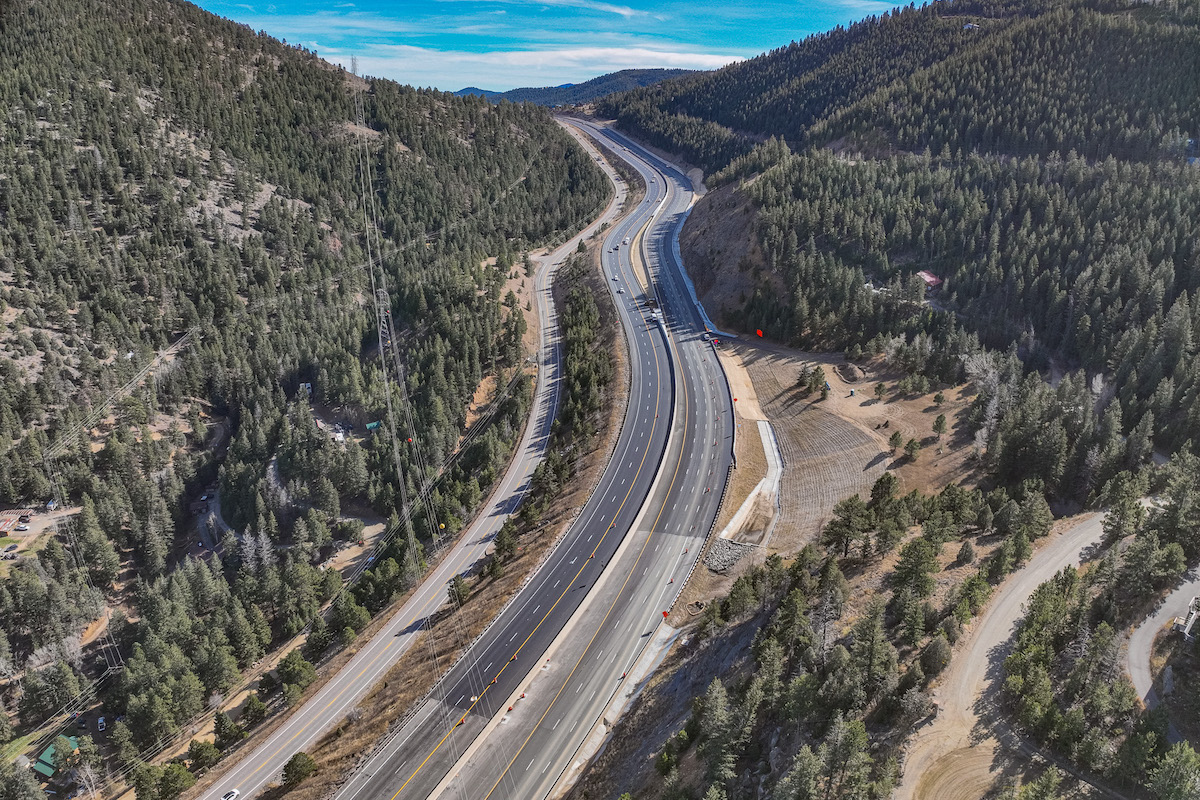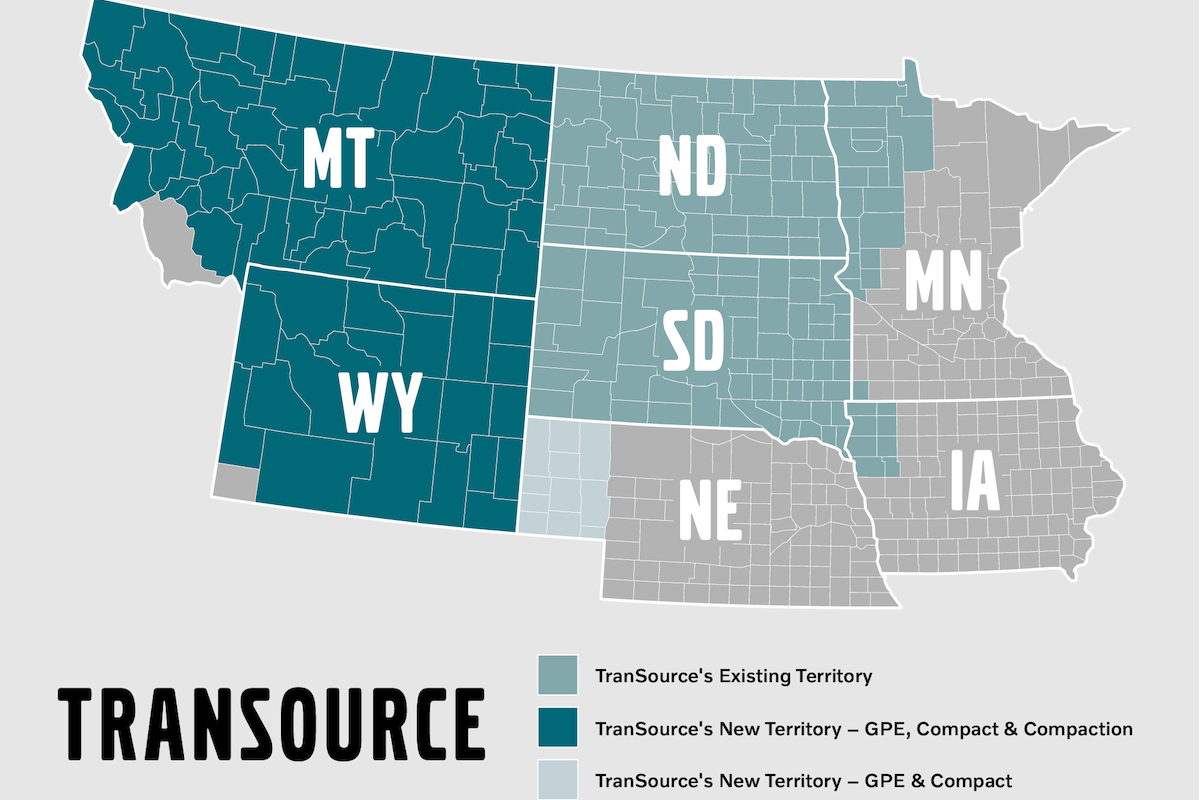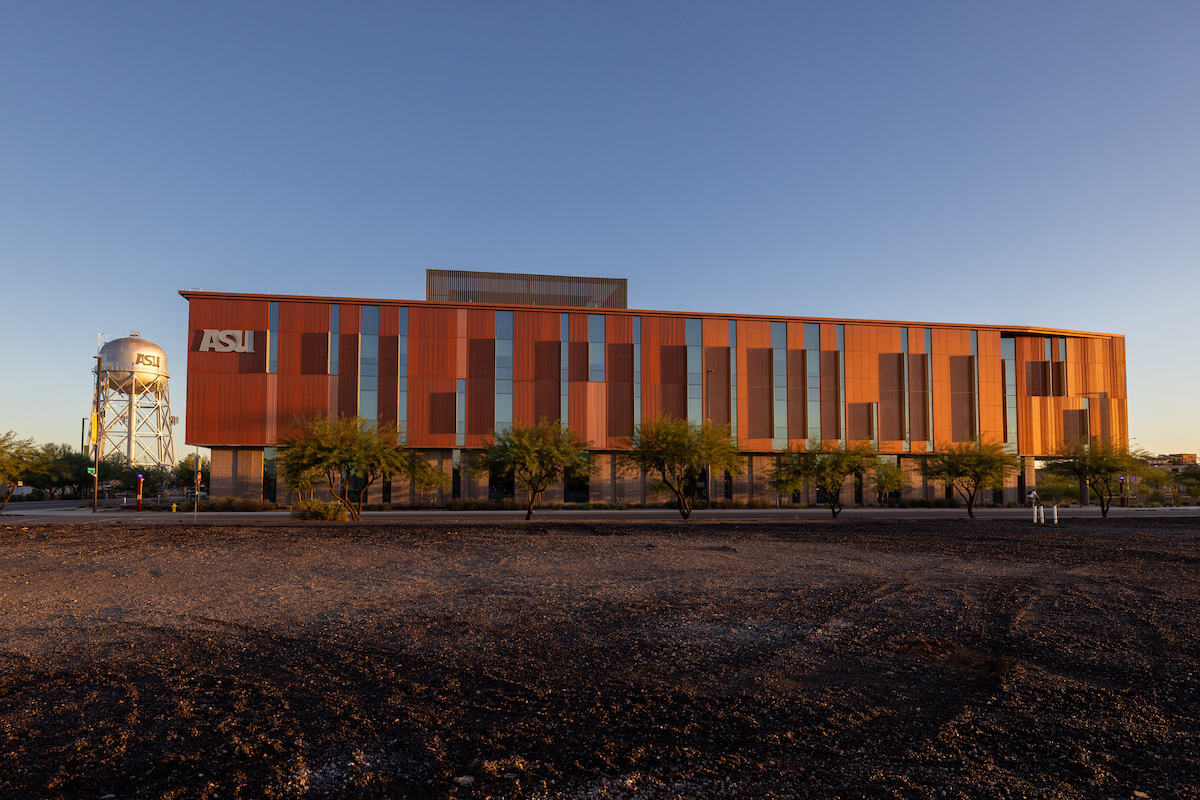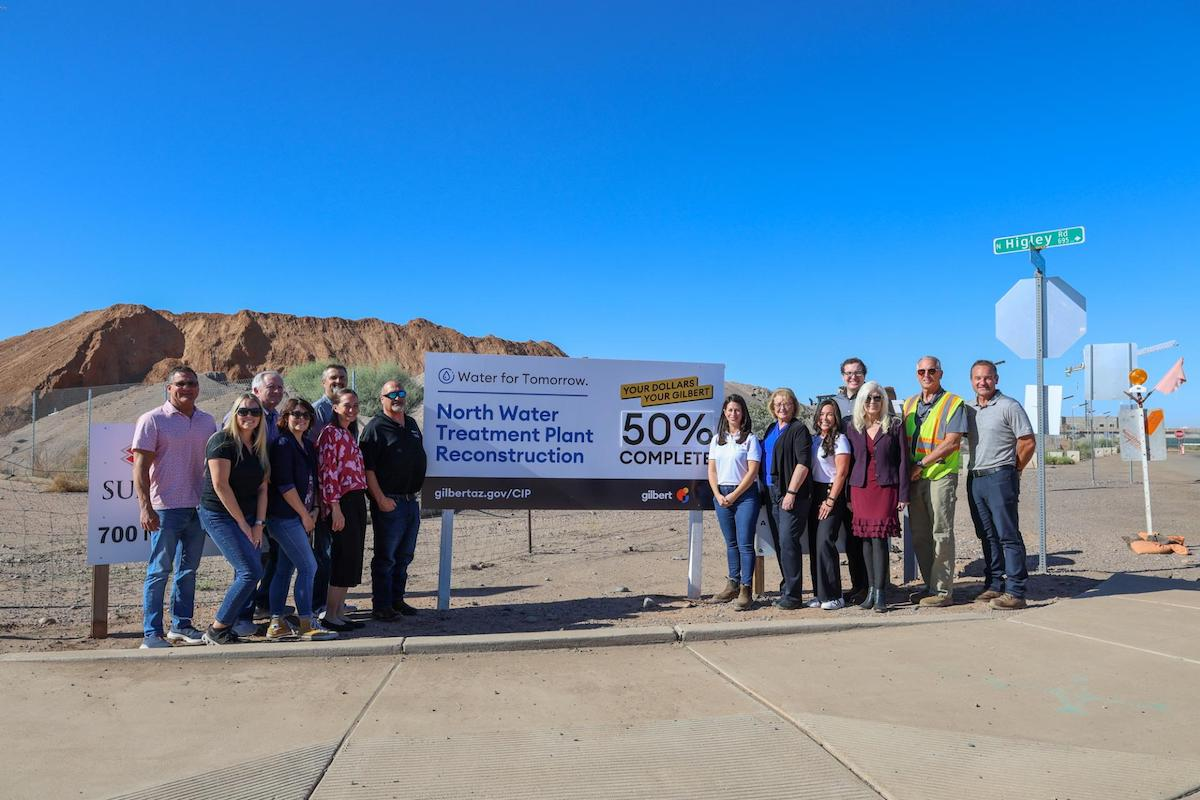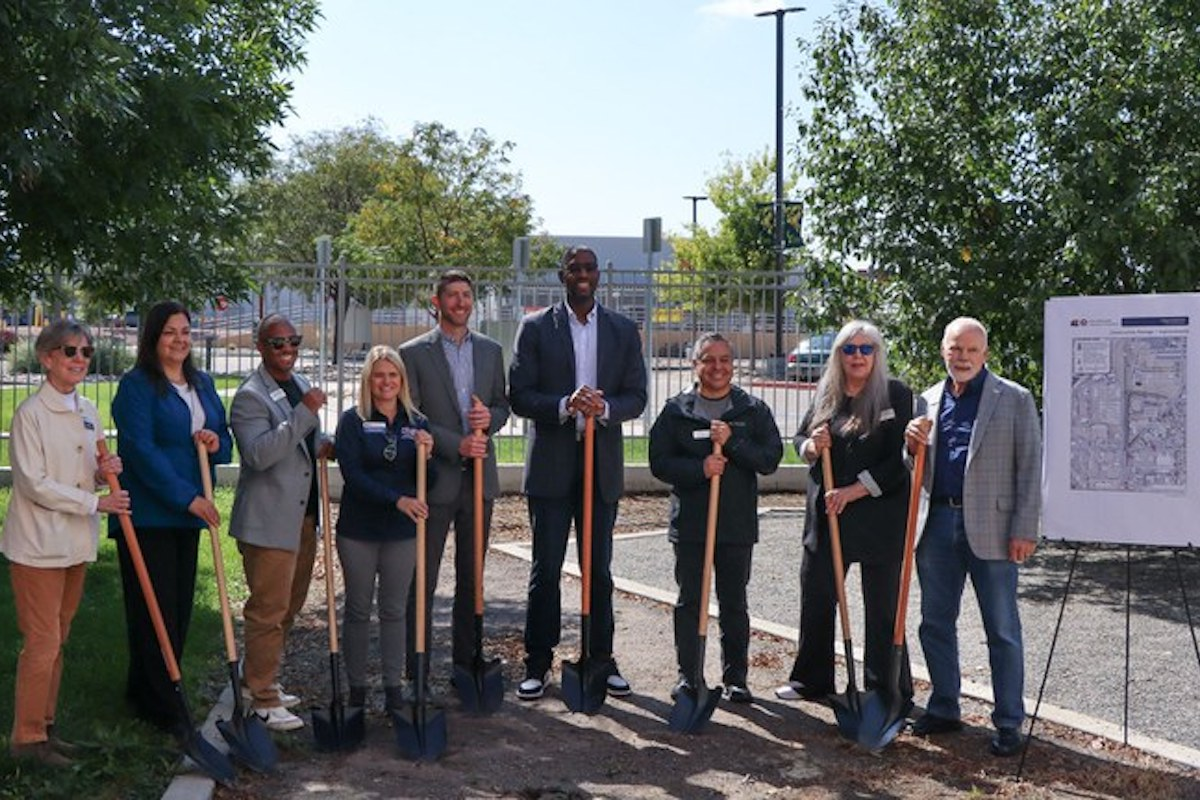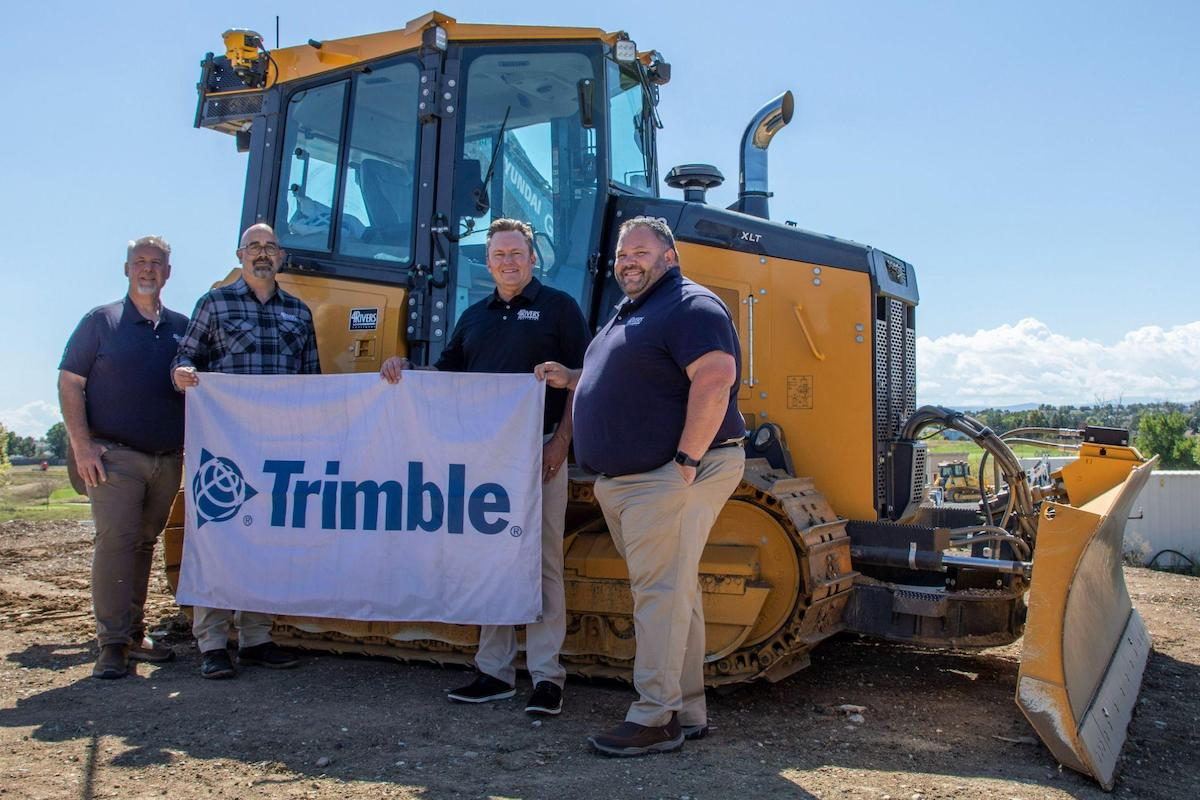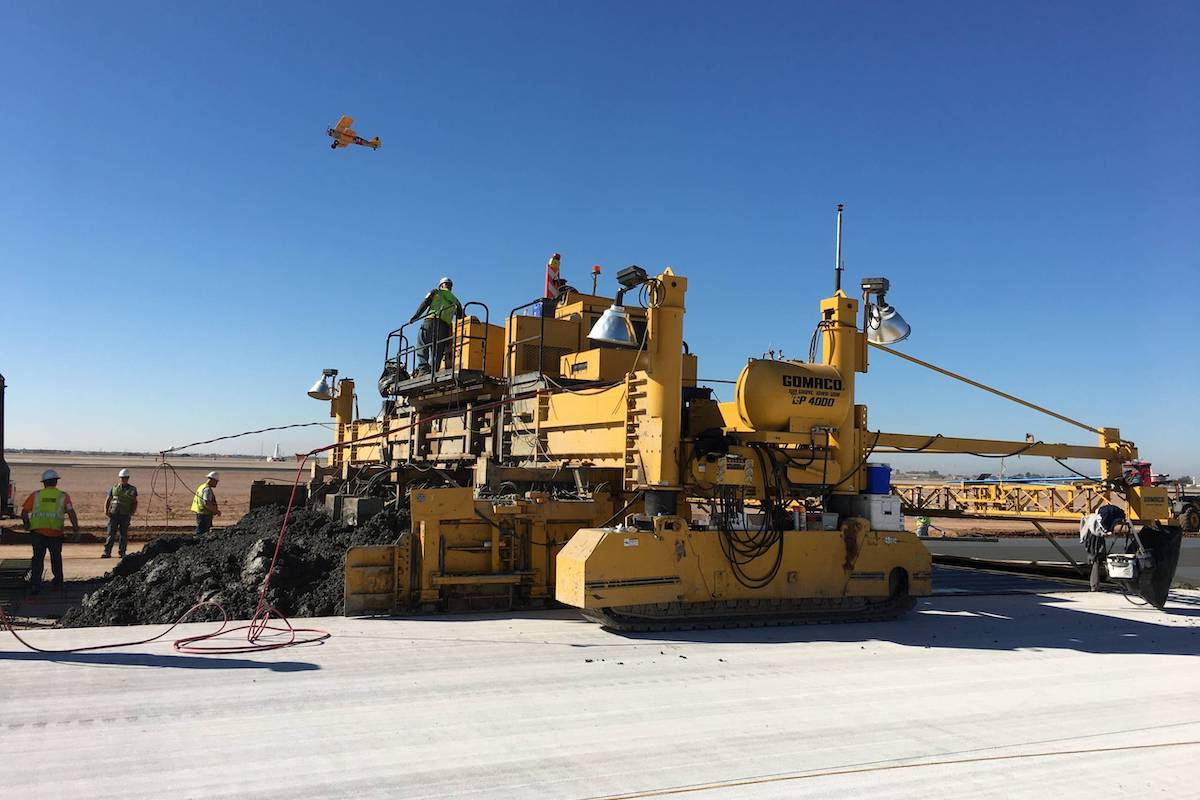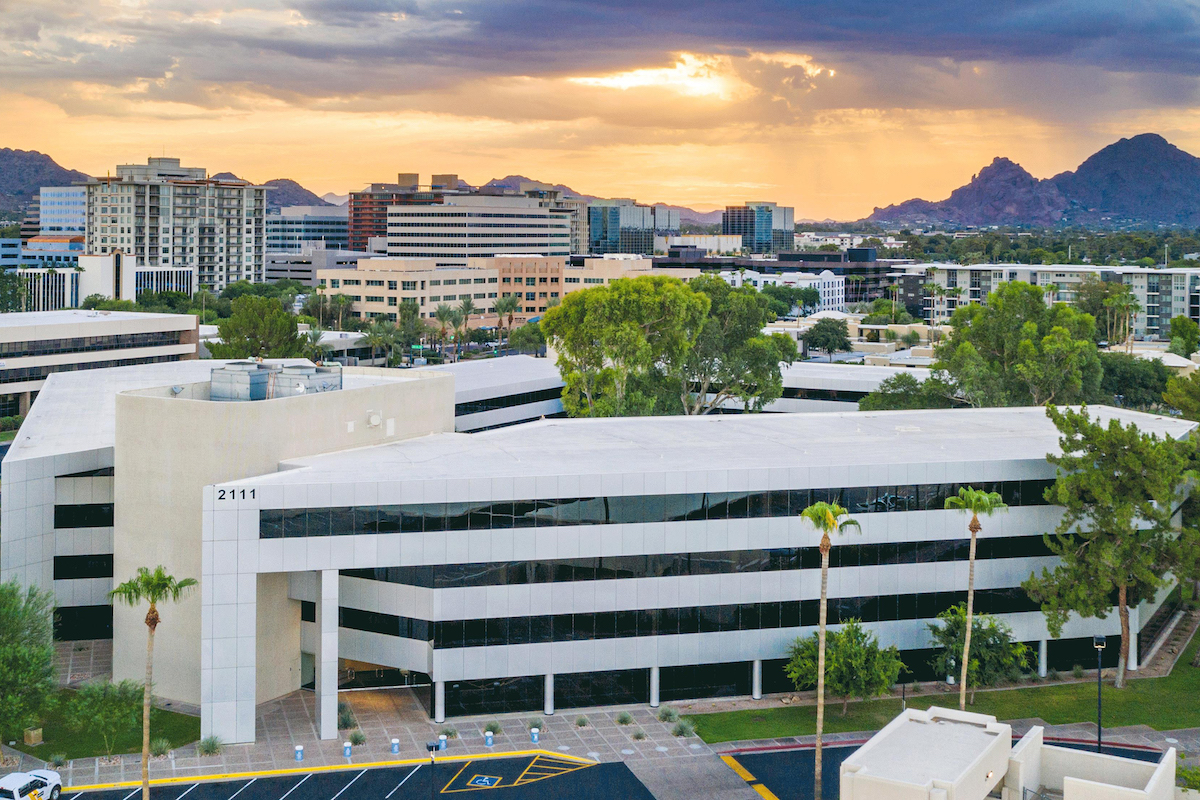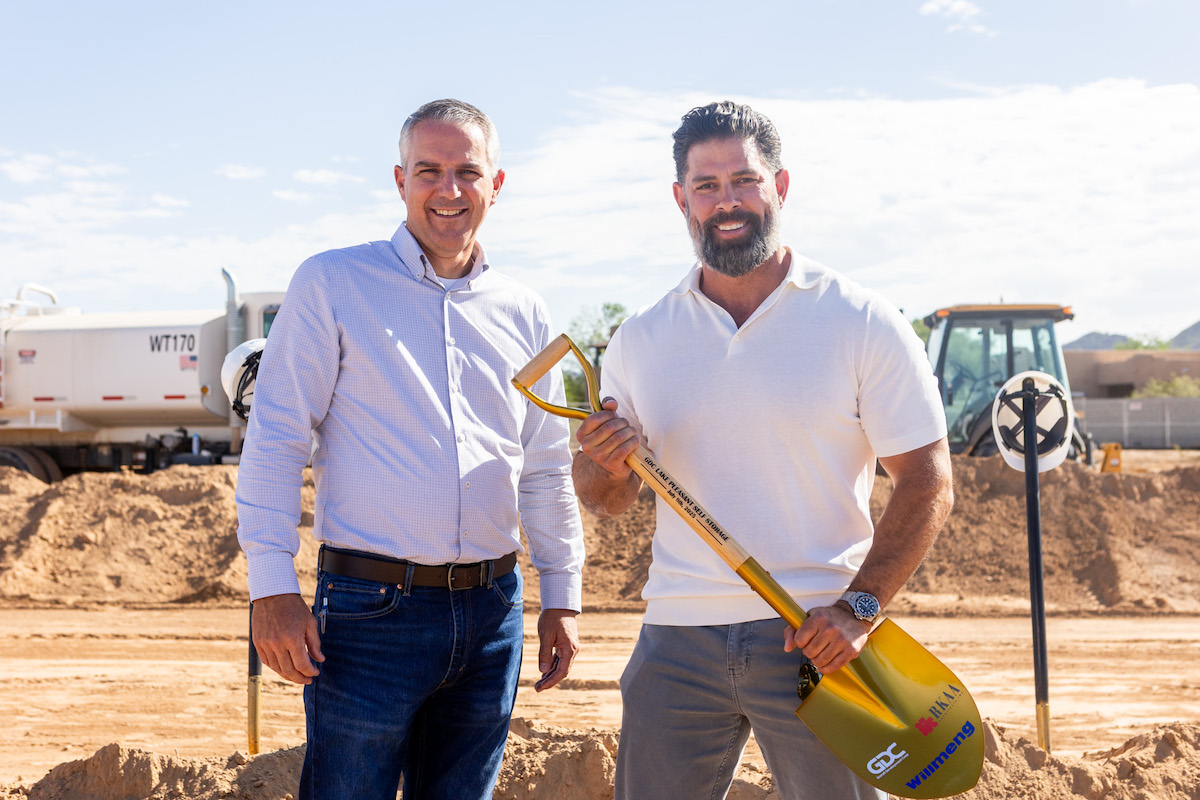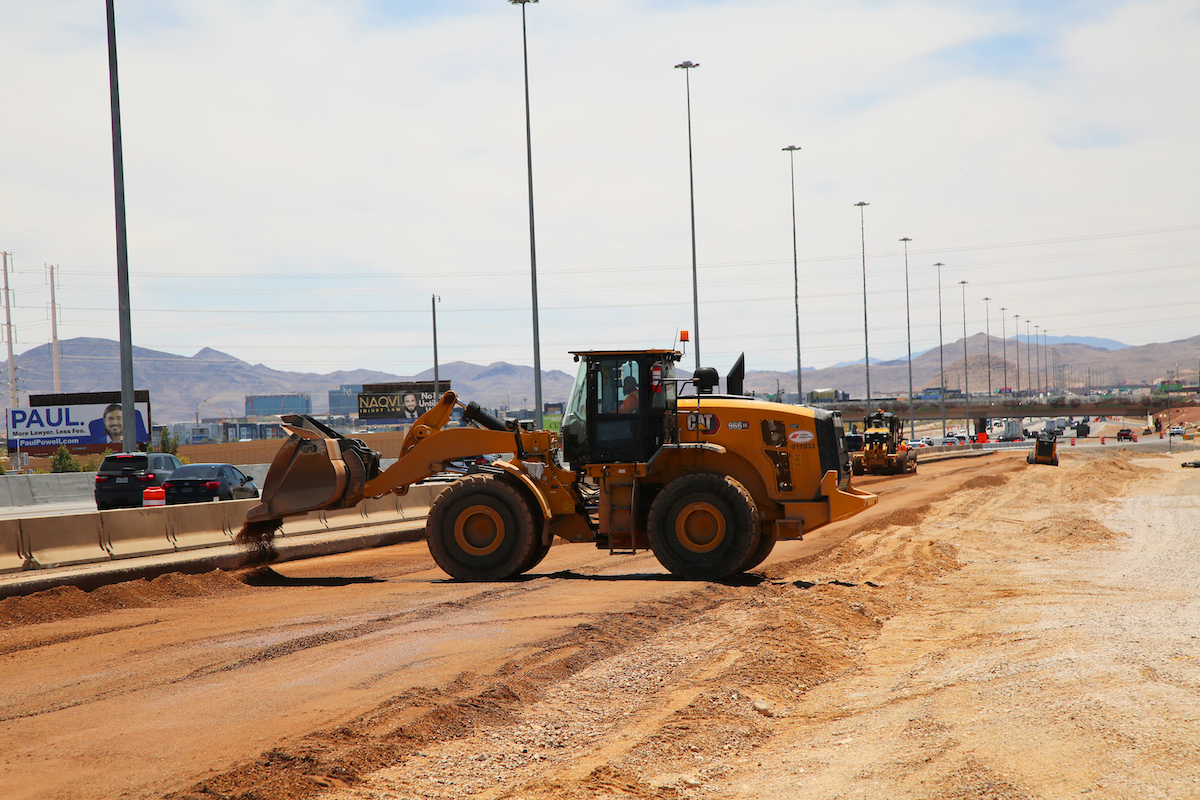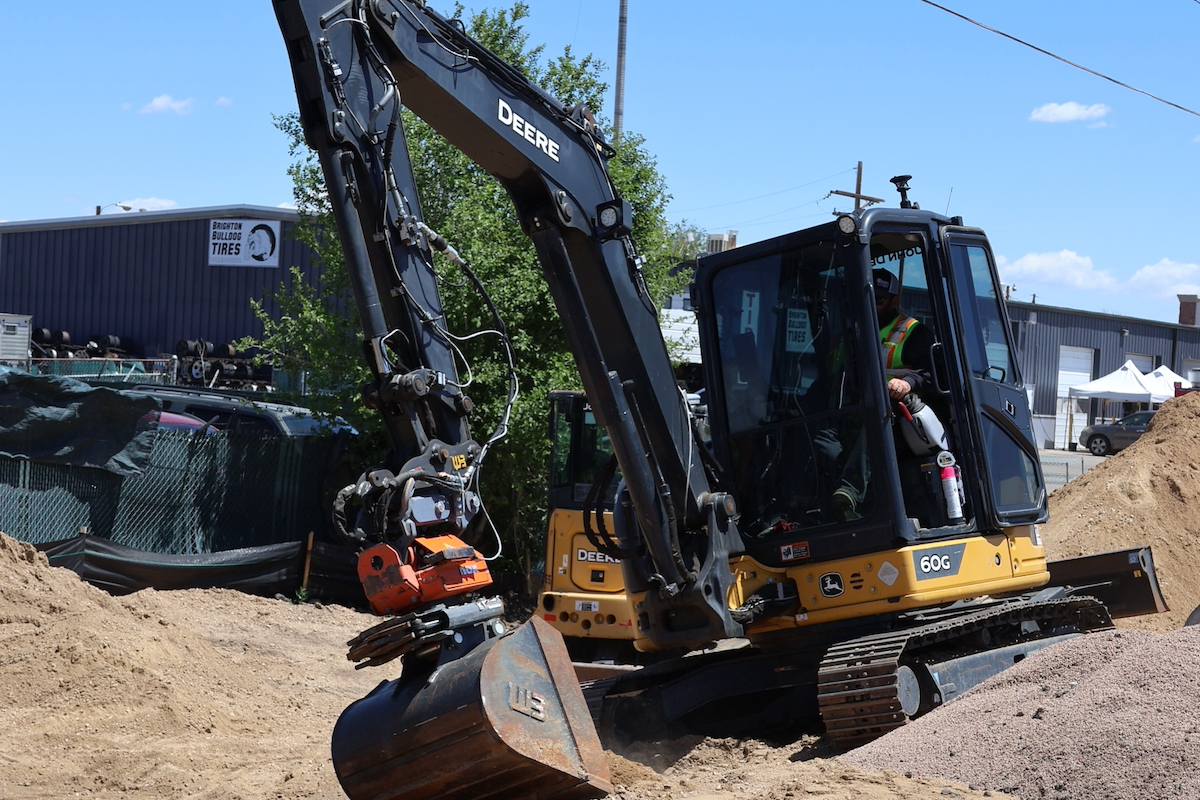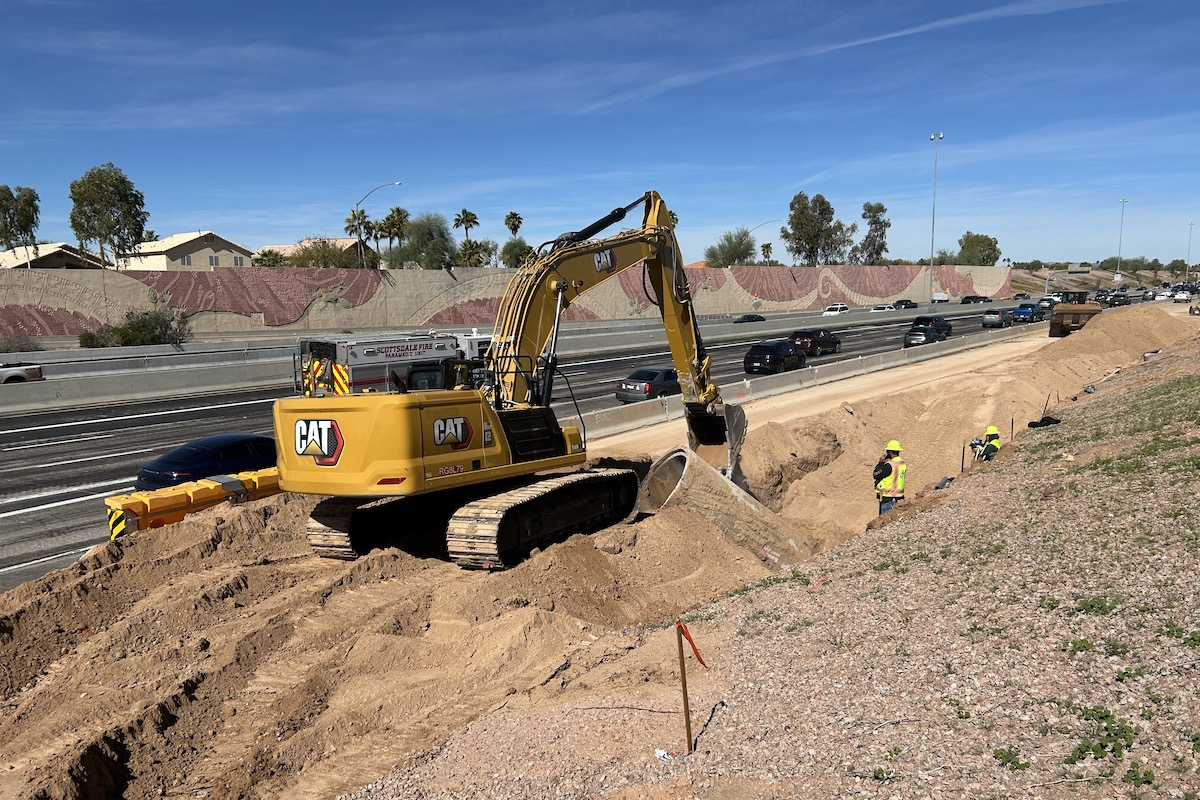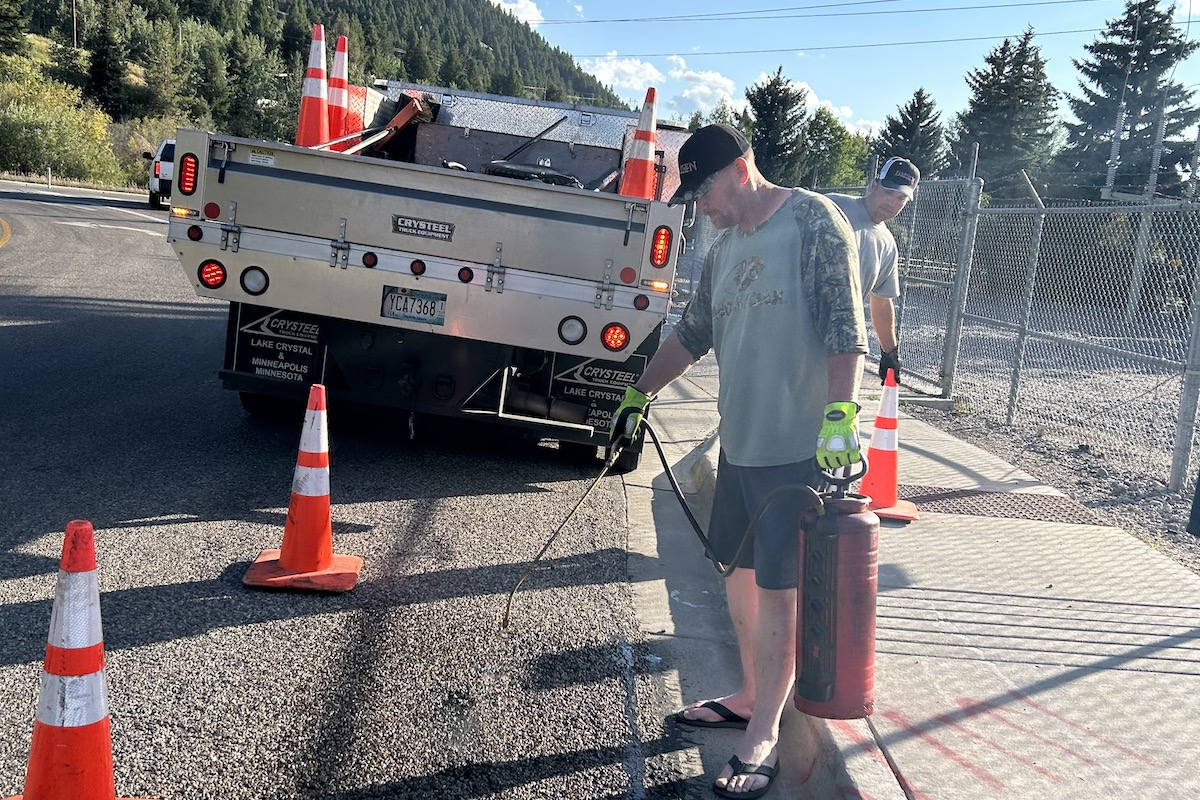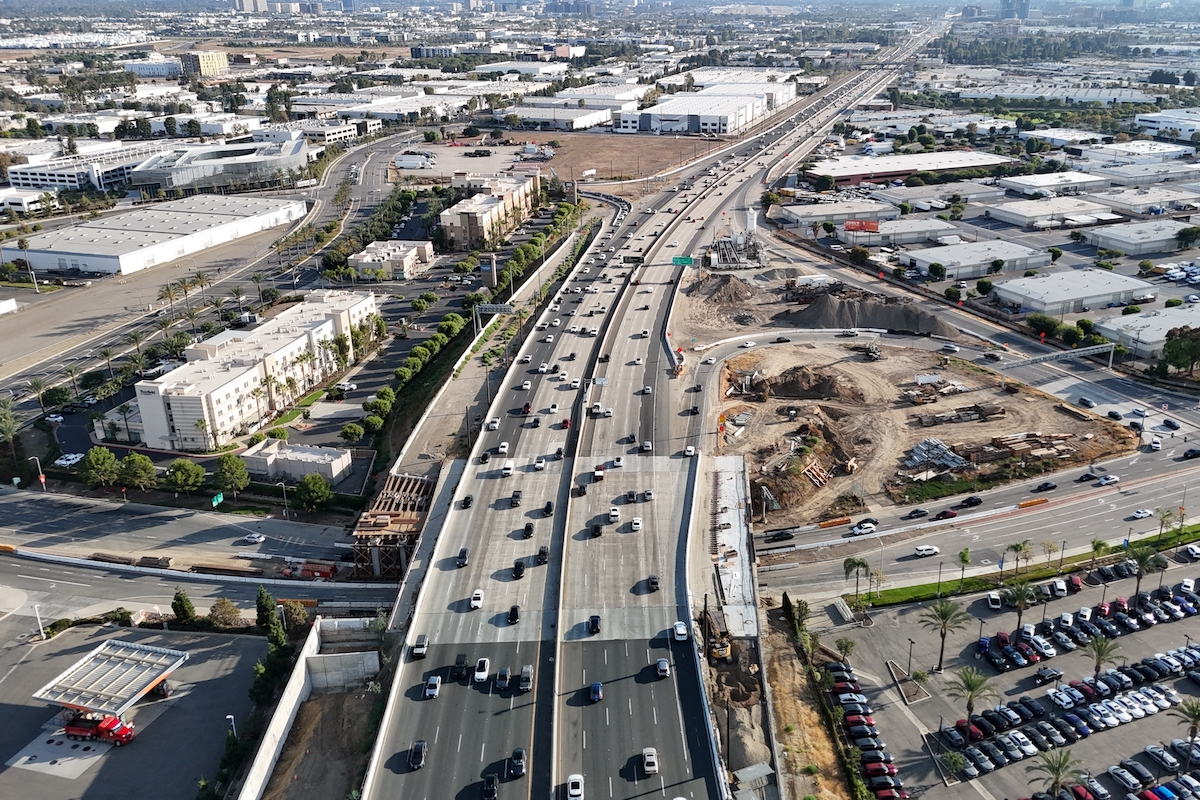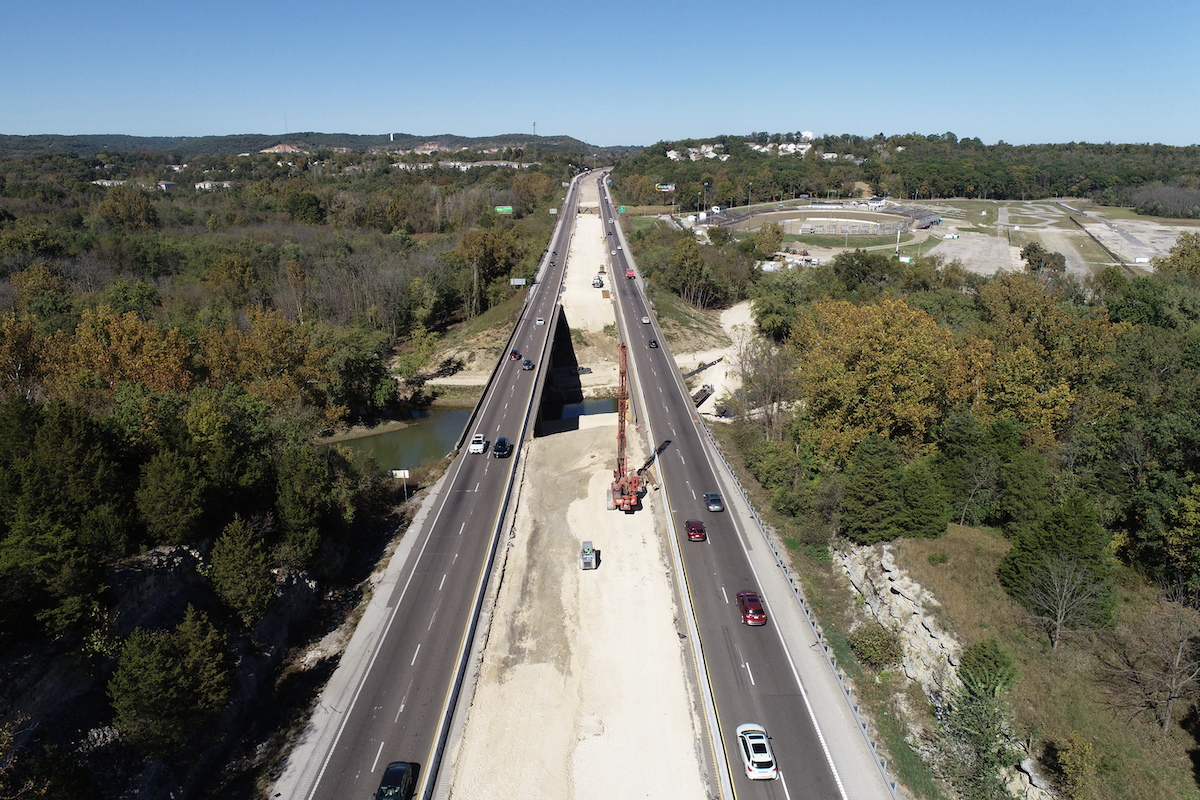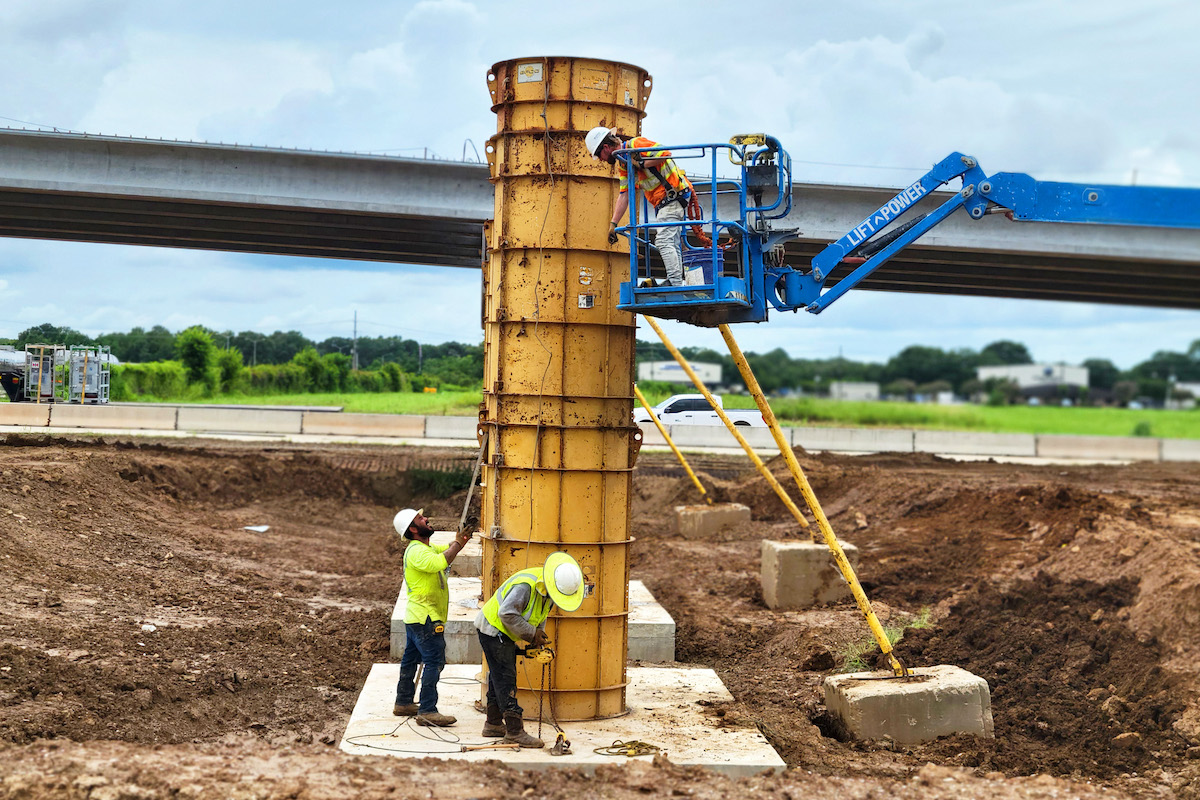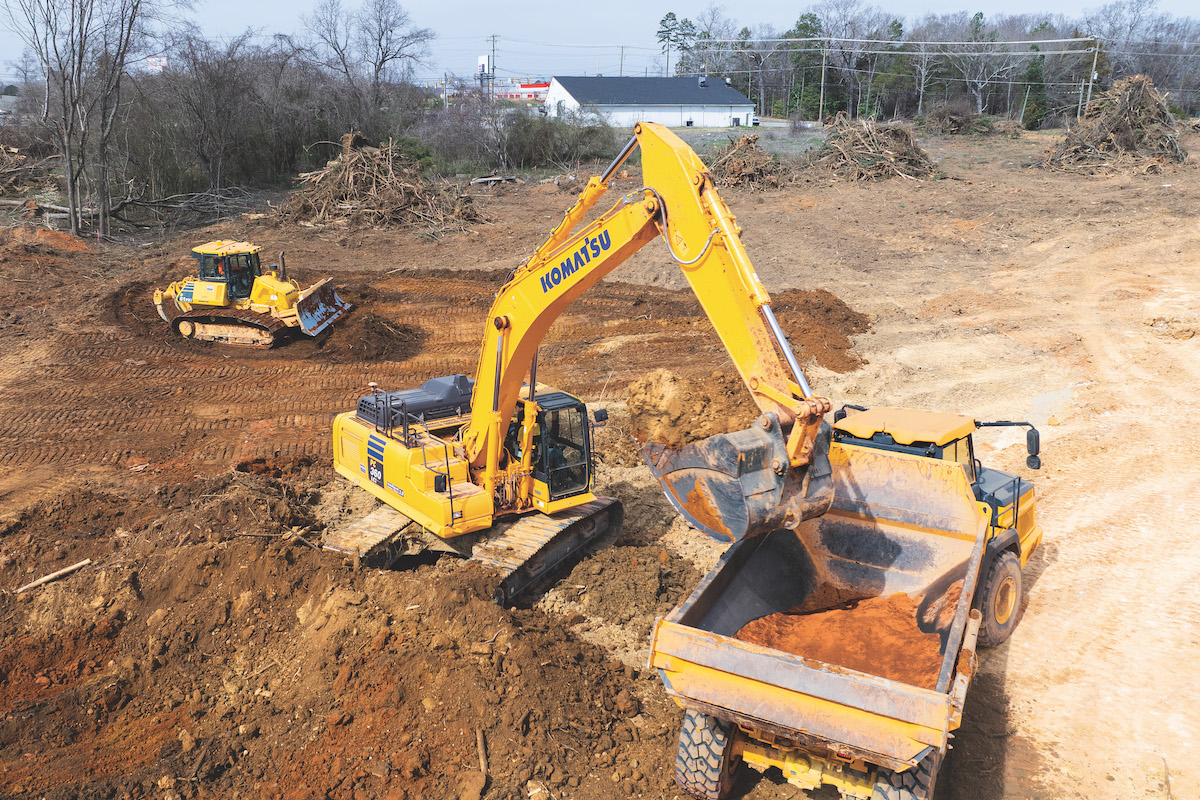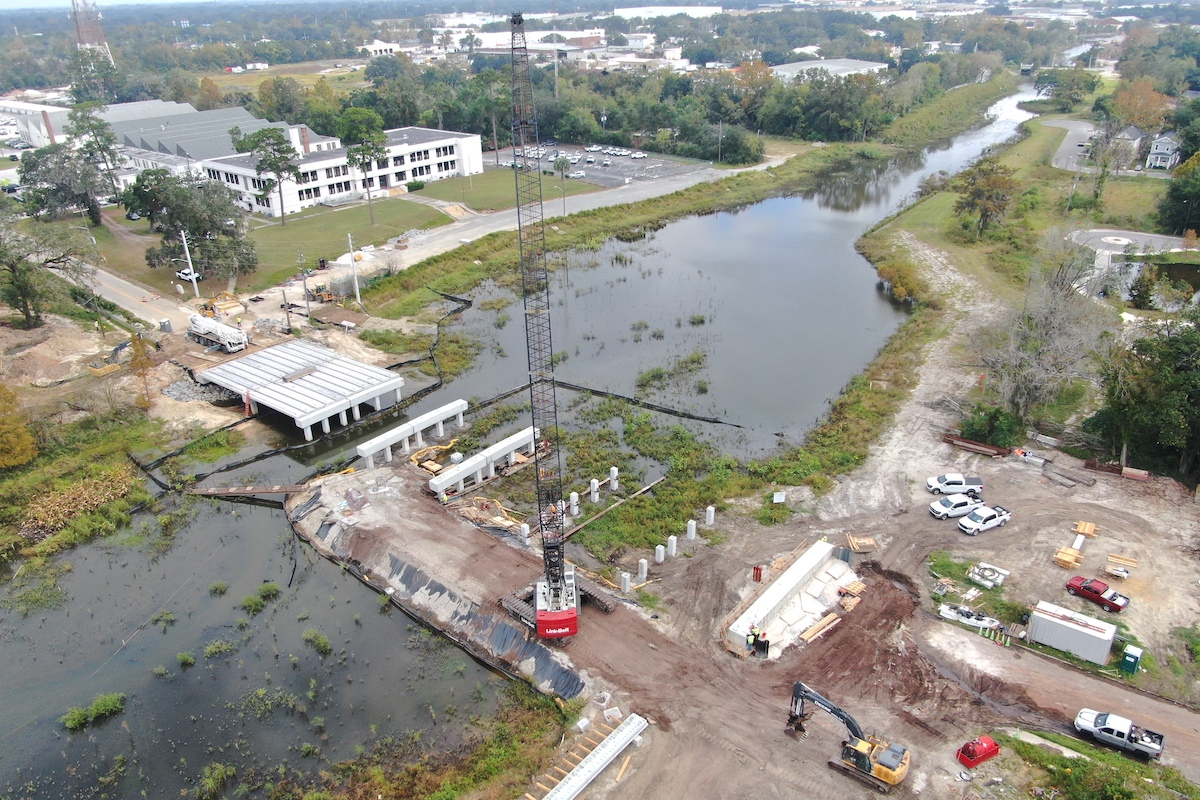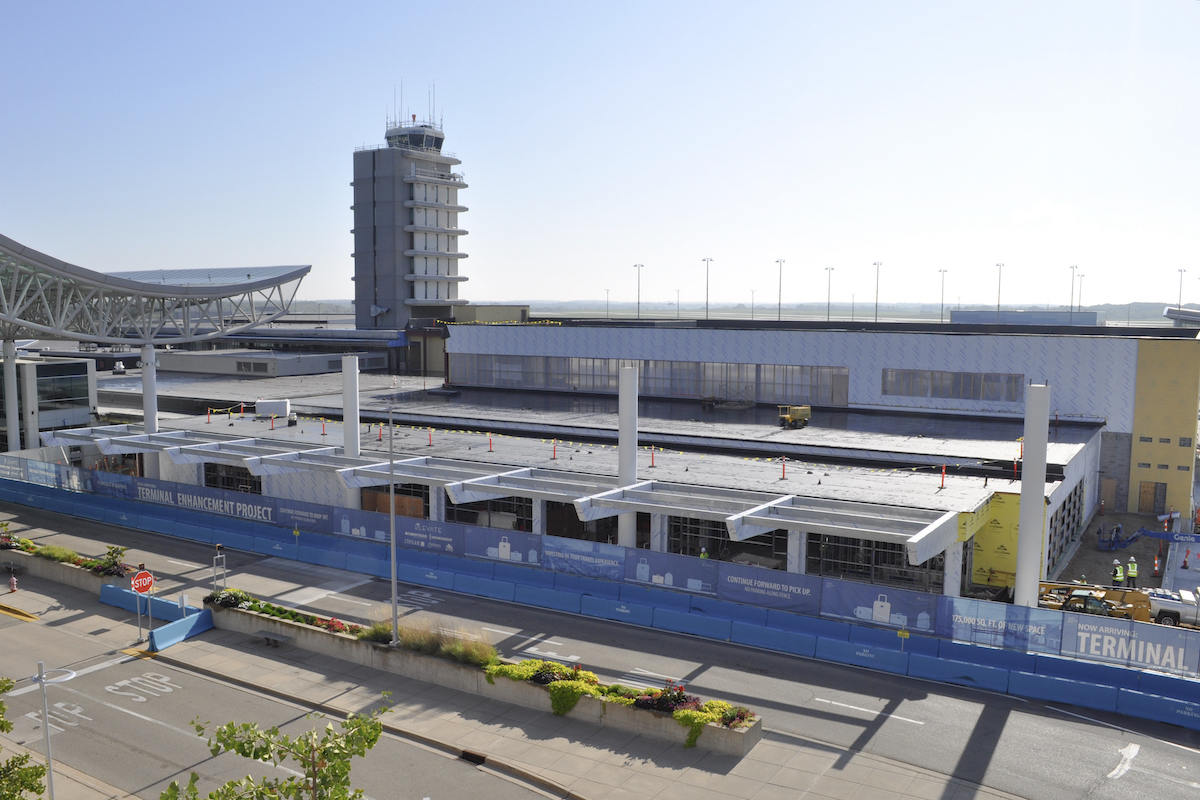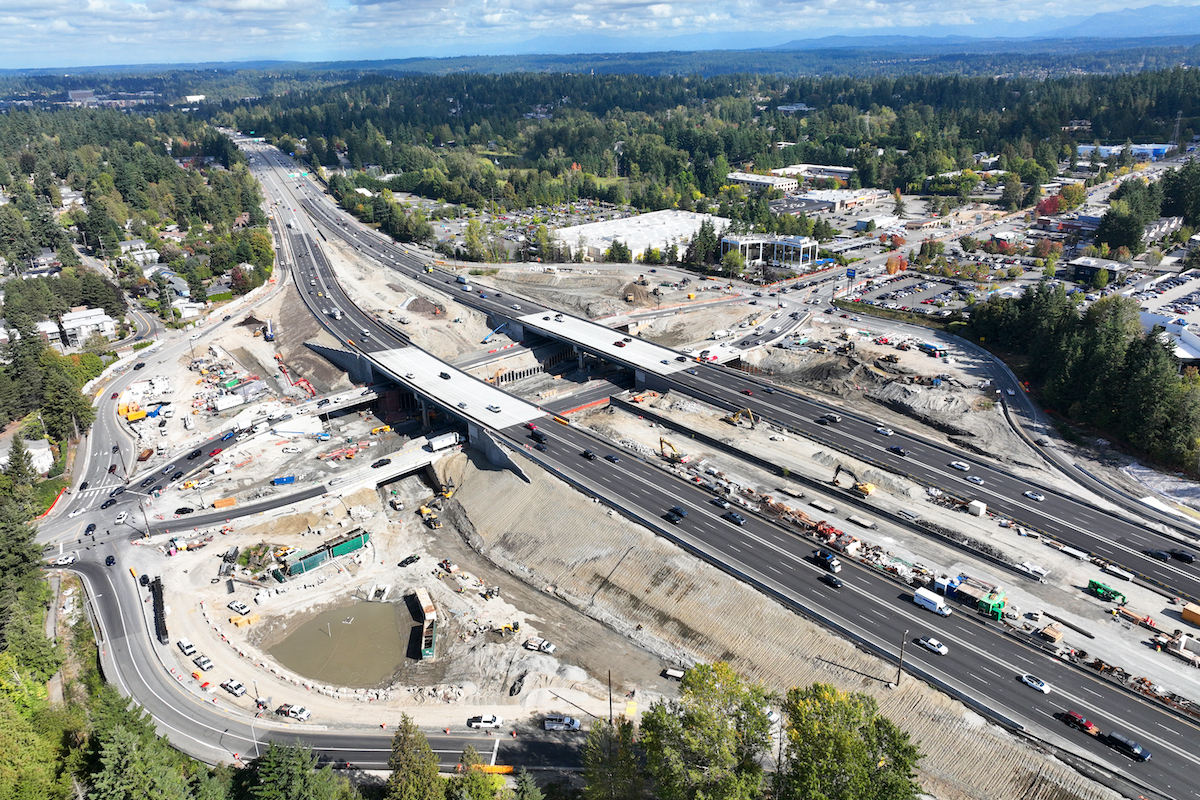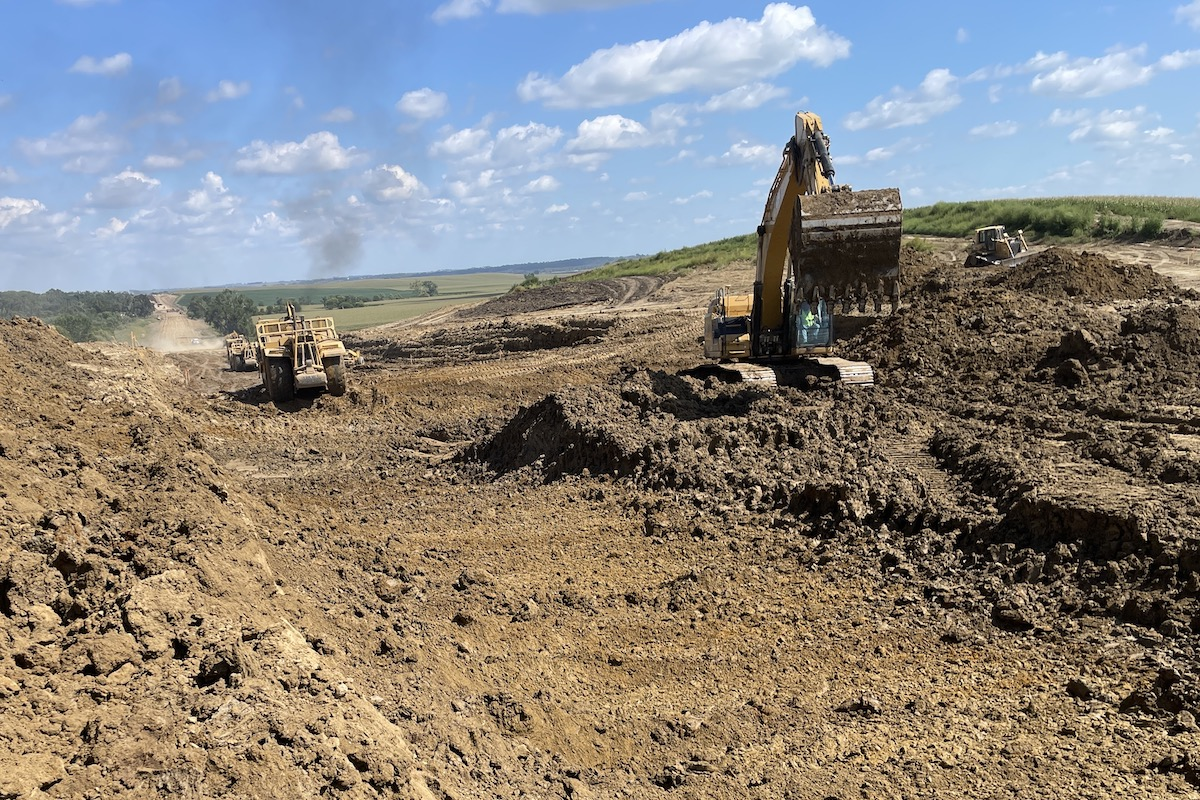CARSON CITY, NV — The Nevada Section of the American Society of Civil Engineers (ASCE) released the 2025 Report Card for Nevada’s Infrastructure, assigning eight categories of infrastructure a C+, which is a one-step increase from the last report card in 2018. Nevada becomes the fourth state with a C+ grade, the highest grade ASCE has ever assigned to a state’s infrastructure. Nevada’s grade is also one step higher than the national infrastructure grade of C in the 2025 Report Card for America’s Infrastructure, which was released in March.
Nevada’s bridge grade remained unchanged at a B-, which is tied for the highest grade in the report card. Only 1.5 percent of bridges in the state are in poor condition, substantially lower than the national rate of 6.5 percent. Additionally, 75 percent of the state's bridges are in good condition, which is significantly higher than the national average of 44 percent. However, an aging bridge inventory has the potential to cause future problems, with 26 percent of Nevada bridges currently 50 years or older, and this number is expected to increase to 36 percent by 2030. The state currently has a $133 million funding backlog for bridges.
Nevada’s road grade is also unchanged from the 2018 report card at C, which is two steps higher than the national grade of D+. More than 50 percent of Nevada roads are in good or very good condition, compared to 45 percent of roads in good condition nationwide. Nevada is benefiting from short-term funding from the Infrastructure Investment and Jobs Act, which is providing the state with an influx of $2.8 billion over the five-year span of the law for road and bridge improvements. However, that funding is set to expire at the end of 2026, and existing funding sources are not meeting current or future needs. It is estimated that the state will have a $6 billion funding gap for state-managed roads over the next 10 years.
Nevada’s energy grade decreased from a B- to a C+ in the latest report card. As Nevada grows, so does energy demand, and the slow development of new generation capacity threatens the state’s energy grid. More than 60 percent of Nevada’s energy comes from natural gas, most of which is delivered to Nevada by pipelines from other states. Nearly all energy generated in the state comes from renewable sources. Since 2018, NV Energy, which serves most Nevadans, has brought 14 new energy projects online, generating 3,200 megawatts (MW) of power and featuring 1,500 MW of battery storage systems. However, Nevada’s energy needs are growing faster than new generation sources can be developed, as more people move to the state and businesses develop energy-intensive projects, such as data storage centers and AI servers. Nevada’s energy distribution system, which gets power across the state, is in better condition than other states, due in part to its relatively new construction. Like all Western states, the security, reliability, and resilience of Nevada’s water supply remain top priorities for state and local leaders. Nevada’s water grade remains a C-, which matches the national grade for drinking water. Nevada is the driest state in the nation, and over recent years, the state has implemented aggressive water conservation efforts to ensure the survival of water sources. The Southern Nevada Water Authority (SNWA) has reduced per-person water use by 48 percent and recycles 99 percent of water coming from homes, either for irrigation or the water is treated and returned to the Colorado River. In addition to concerns about water supply reliability, many of the state’s water treatment and storage facilities are reaching the end of their design life and will either need extensive rehabilitation or replacement. SNWA has $3 billion in capital improvement projects planned over the next decade to help address some of those needs.
Nevada’s dams, which play a crucial role in helping store drinking water before it is distributed across the state, saw a one-step grade improvement to a C-. Since the last report card, the state has conducted extensive work to obtain updated condition information on dams, and 94 percent of high-hazard potential dams, which are dams that could cause loss of life or property if they fail, now have an emergency action plan. However, the state’s dam safety program is underfunded compared to the national average, and dam inspectors face a heavier workload than those in other states.




